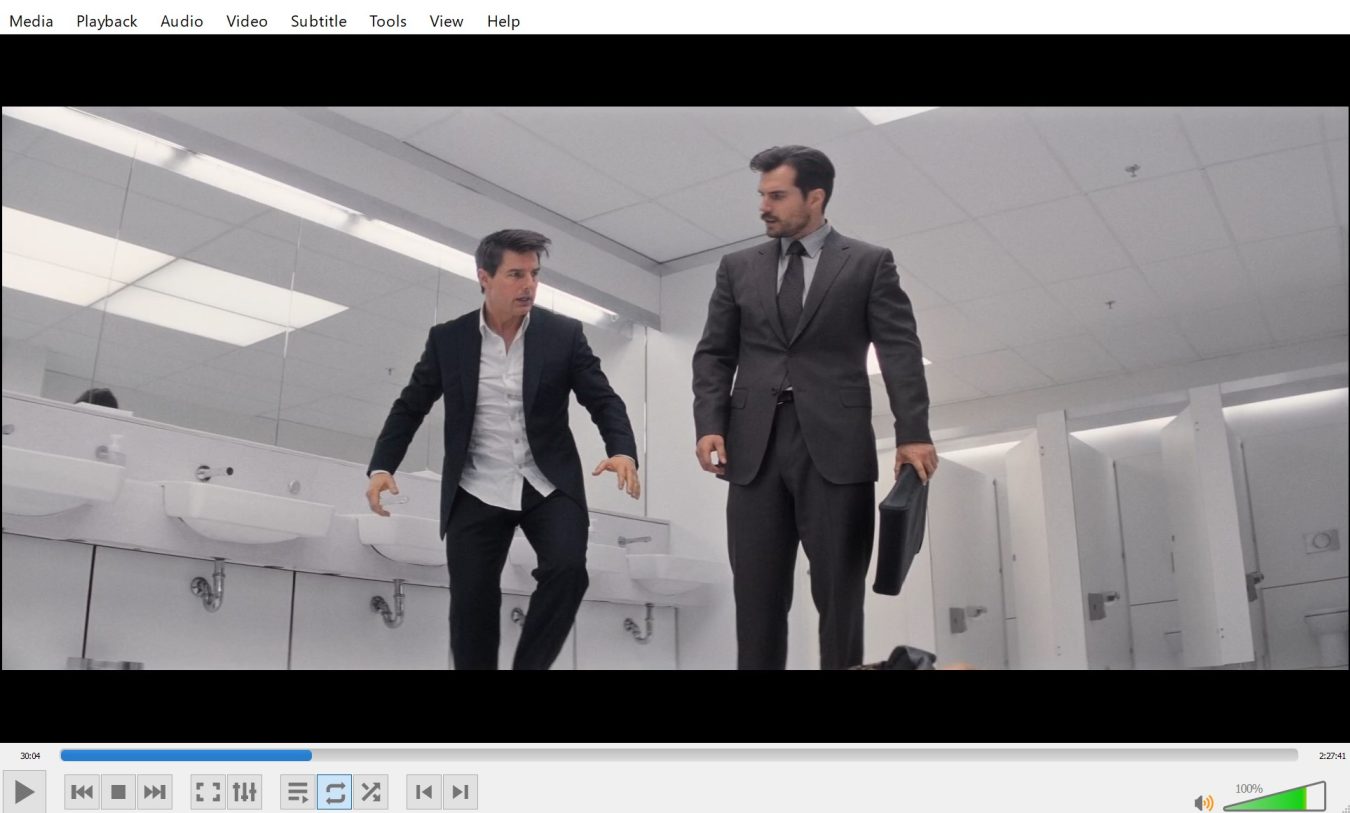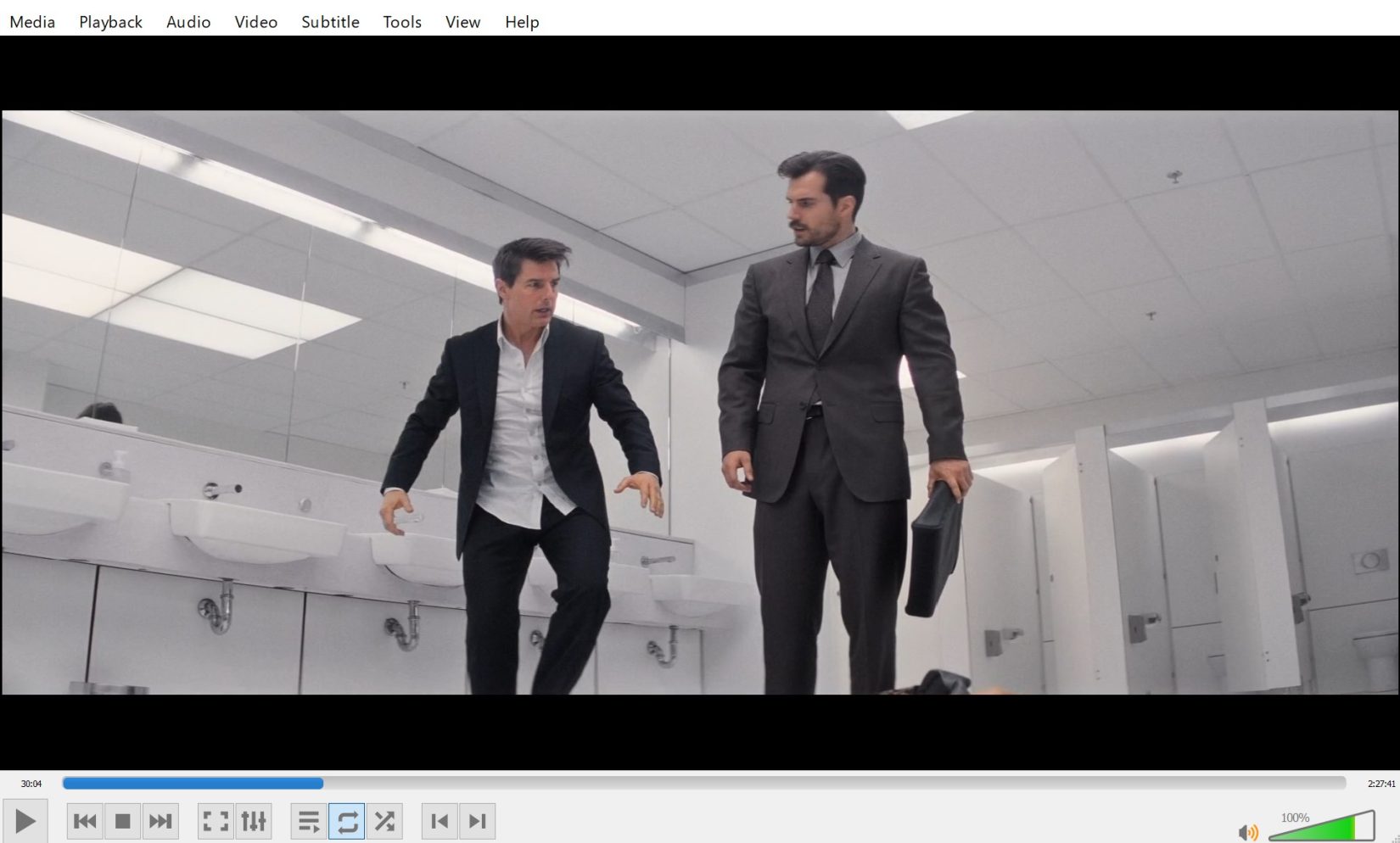If you love watching movies and TV shows on your computer, then you need a reliable media player that can handle all types of media files. VLC is a popular option because of its flexibility and wide range of features.
In this post, we’ll show you how to set up VLC for optimal video quality, so you can enjoy the best possible viewing experience.
How to Adjust Video Settings in VLC
The first step in setting up VLC for optimal video quality is adjusting the video settings. To do this, open the “Tools” menu and select “Preferences.”
Then, click on the “Video” tab and make sure the “Output” setting is set to “Automatic.” This will ensure that VLC automatically adjusts its video output settings based on your system’s hardware specifications.
Next, click on the “Filters” tab and make sure both the “Deinterlace” and “Postprocessing” options are enabled. This will help reduce motion blur and improve image sharpness.
You can also adjust the level of postprocessing by moving the slider next to it—the higher the number, the better your videos will look. Finally, click on the “Video Codecs” tab and make sure H264 is selected as your codec—this is one of the most efficient codecs available today, so it’s a good choice for most users.
Once you’ve finished making adjustments to these settings, close out of VLC’s preferences window and restart it to apply any changes you made. You should now see an improvement in your video quality immediately!
Finally, if you want an even better viewing experience from VLC, consider downloading some special plugins or filters that are designed specifically for improving video quality in VLC. There are plenty of free options available online; just be sure to download them from trusted sources only!
Conclusion:
With a few simple tweaks to its settings, VLC can provide an excellent viewing experience with crisp images and smooth transitions between scenes. By adjusting its output settings, enabling deinterlacing filters, applying postprocessing effects, and using an efficient codec like H264, you can get great results out of your videos with minimal effort.
Additionally, if you want even better results from VLC then consider downloading some special plugins or filters designed specifically for improving video quality in this media player—you might be surprised at what they can do! So why not give them a try today?



